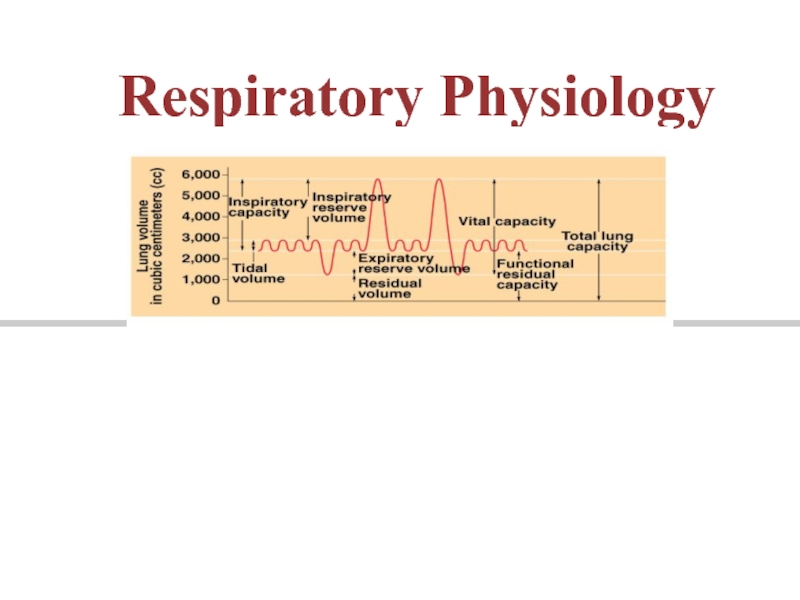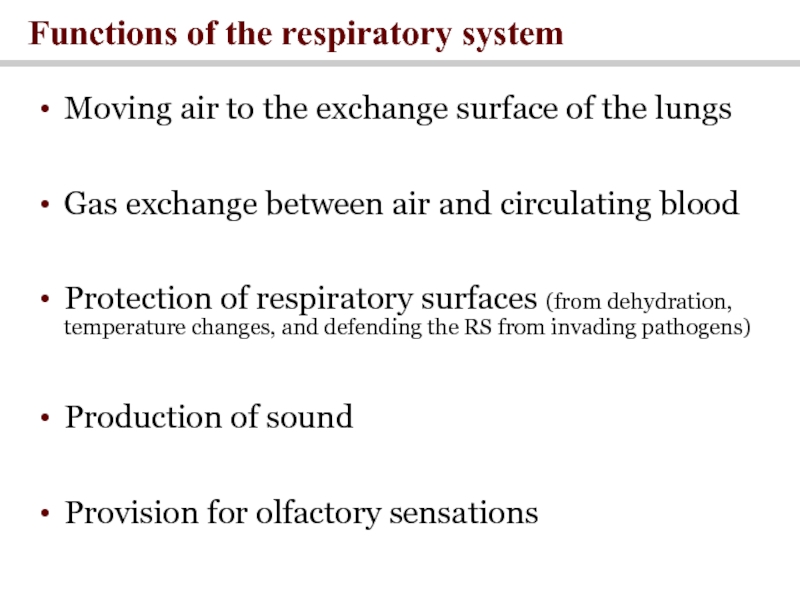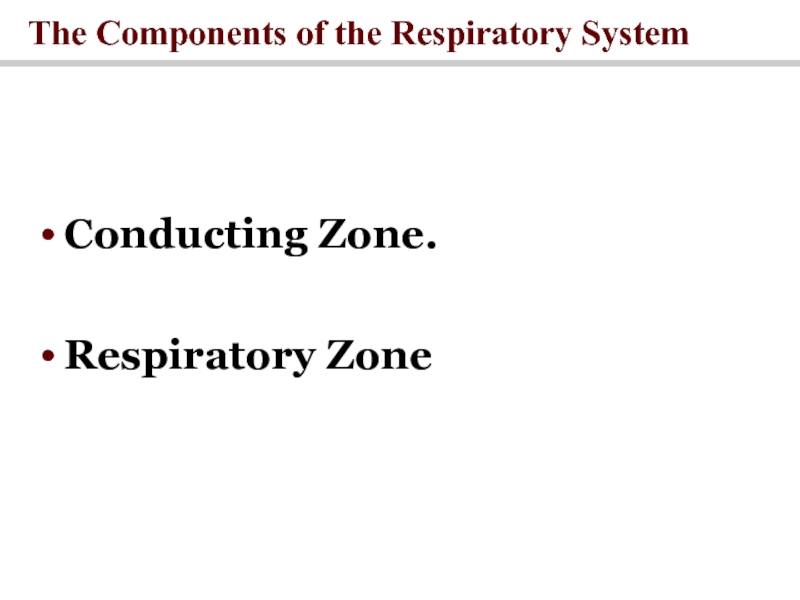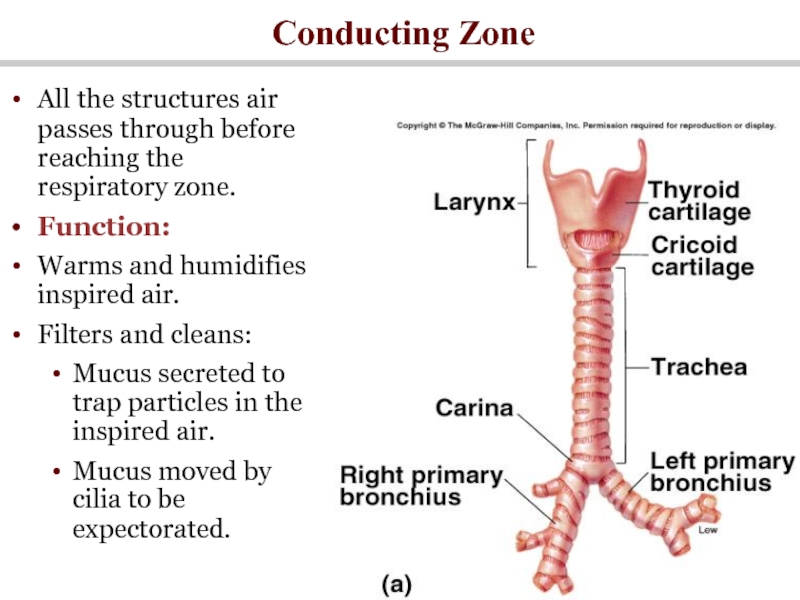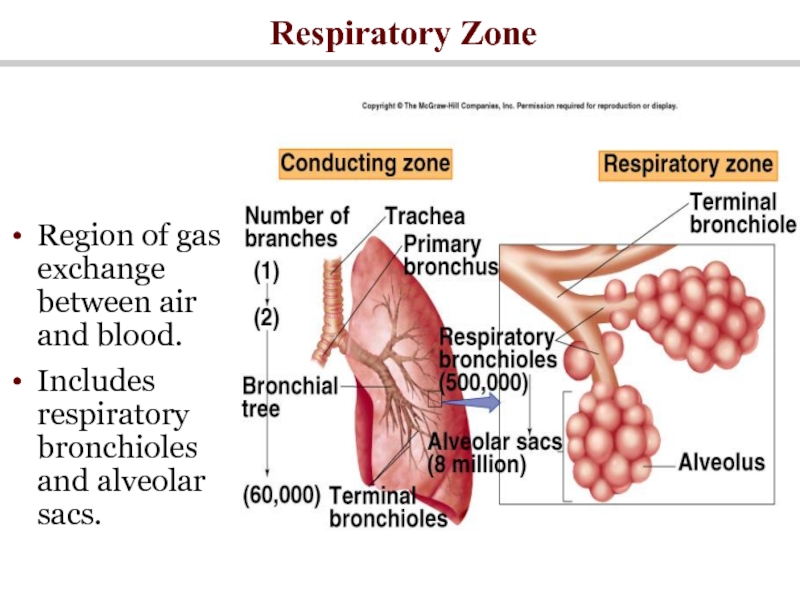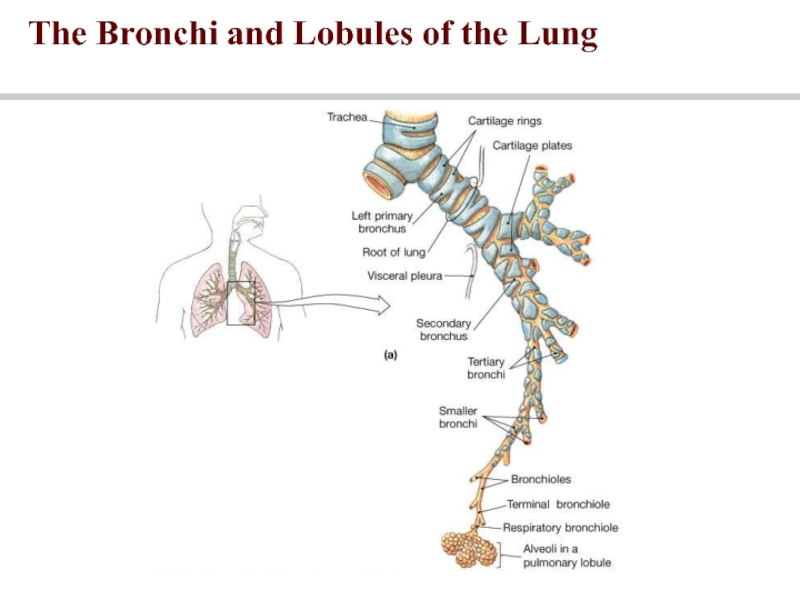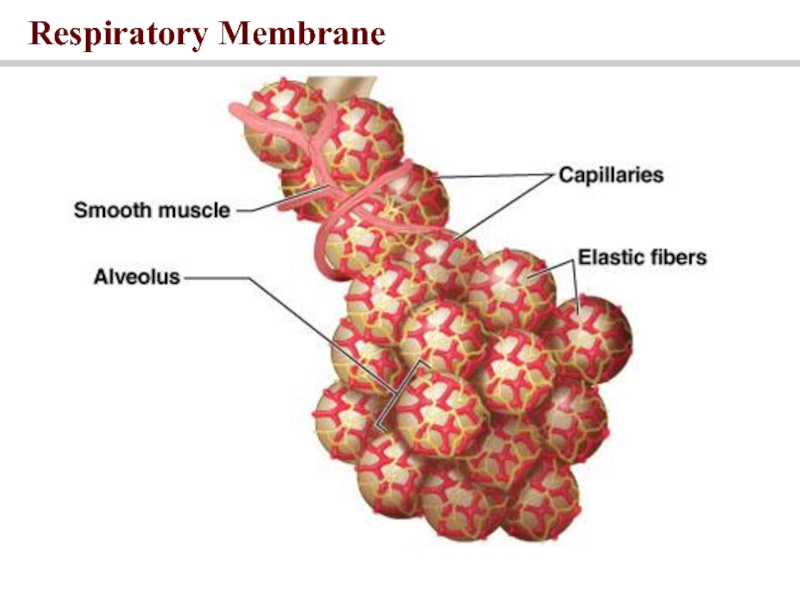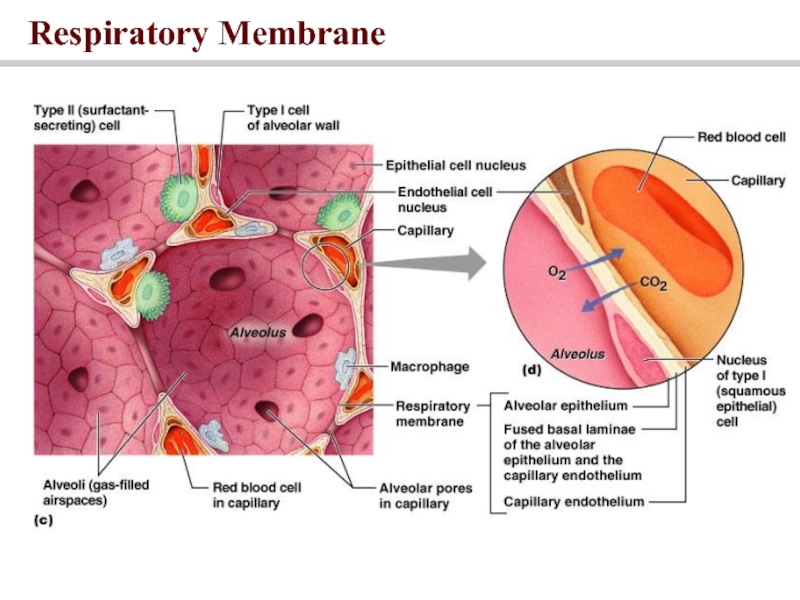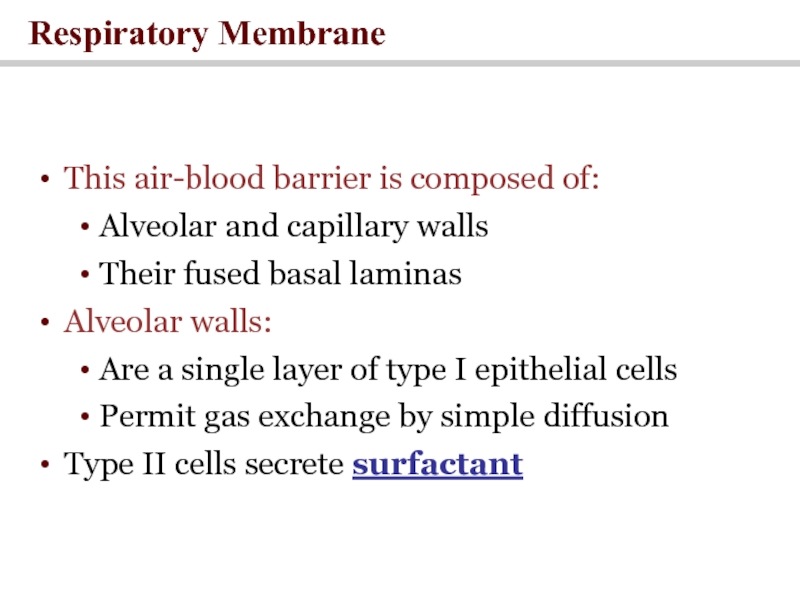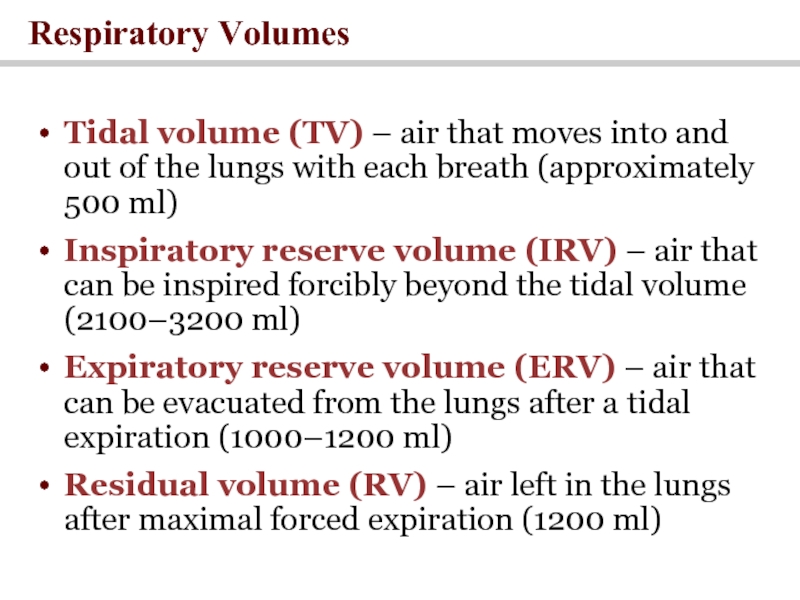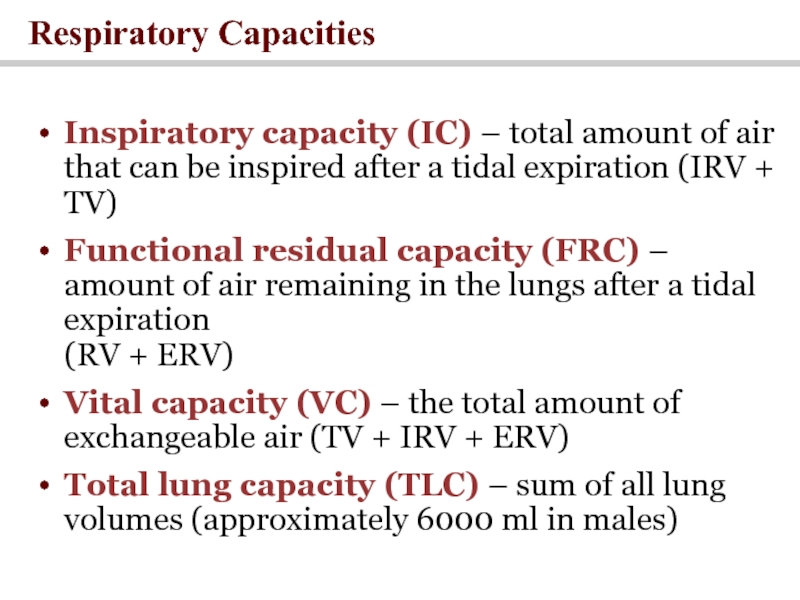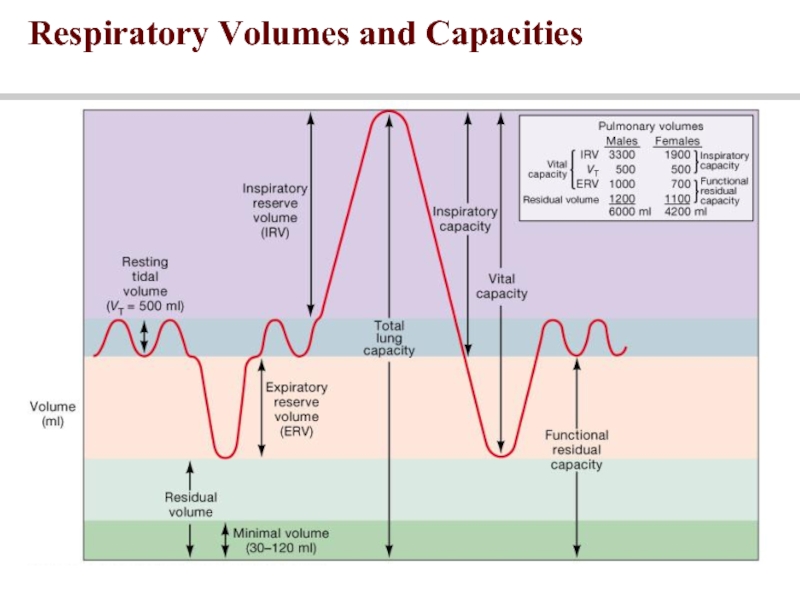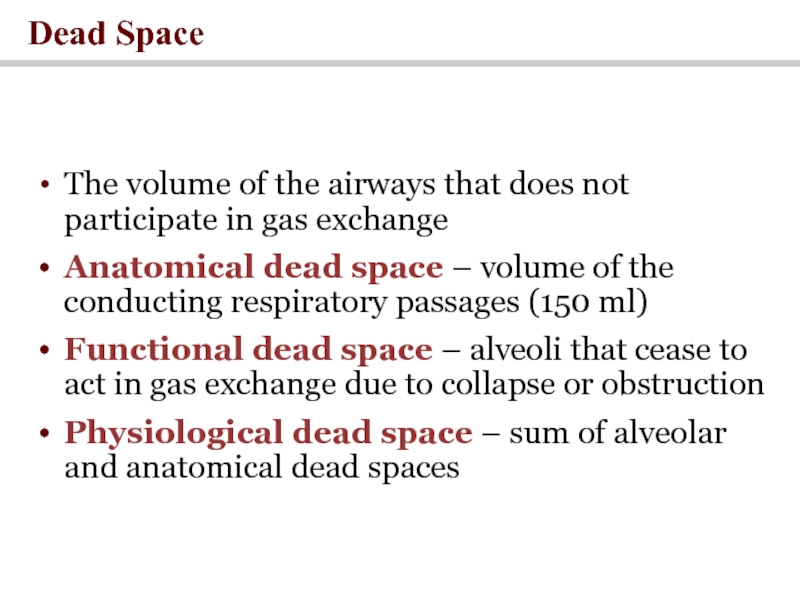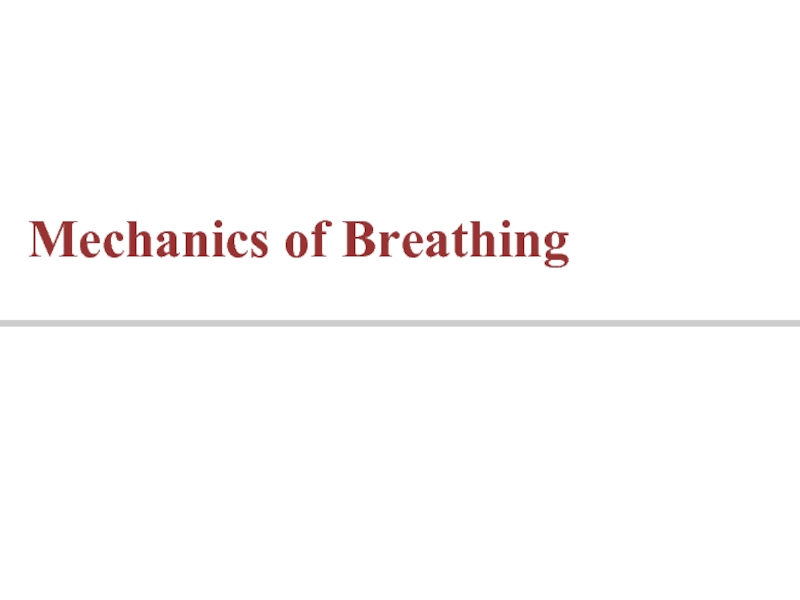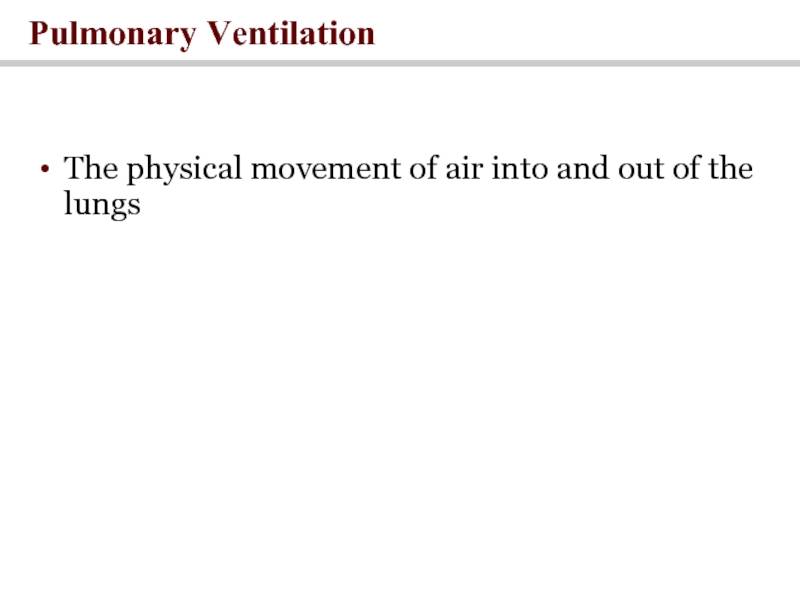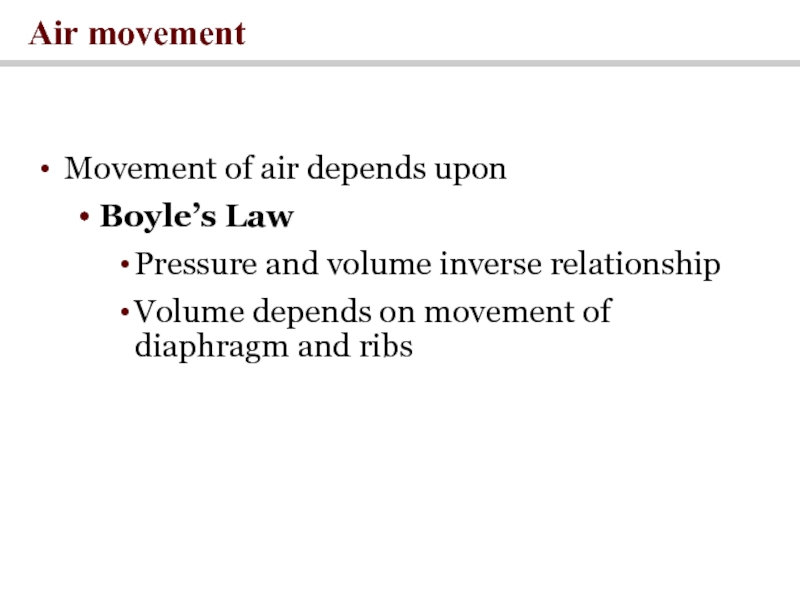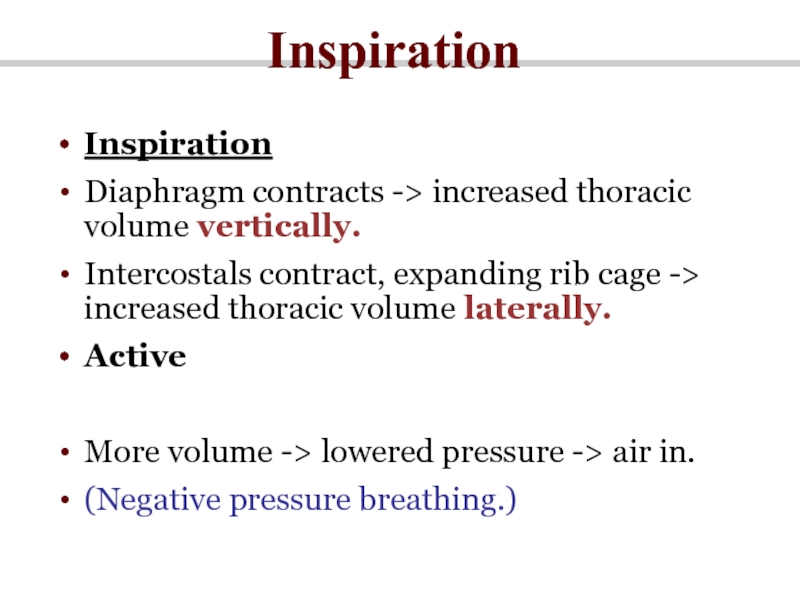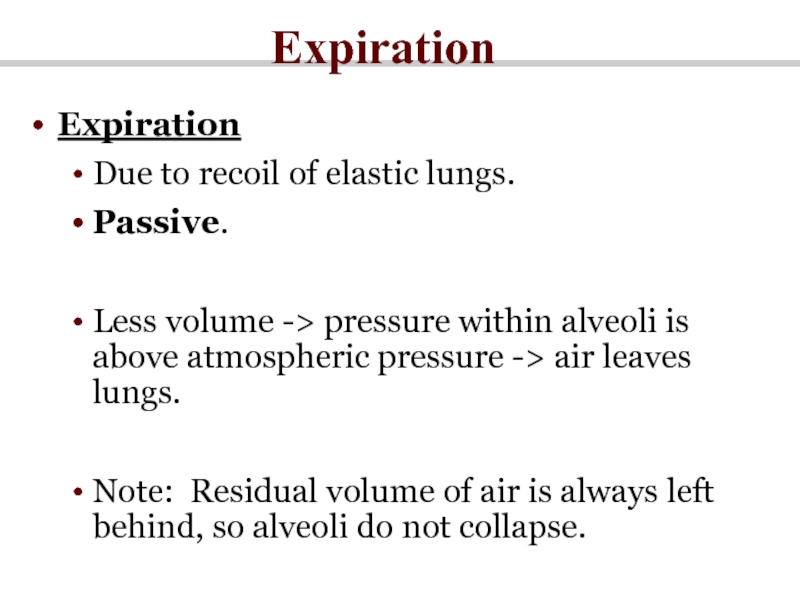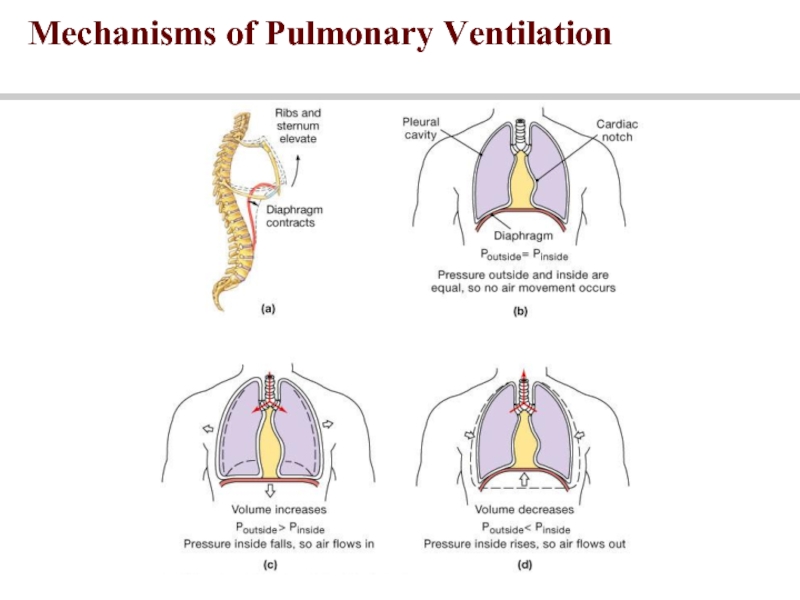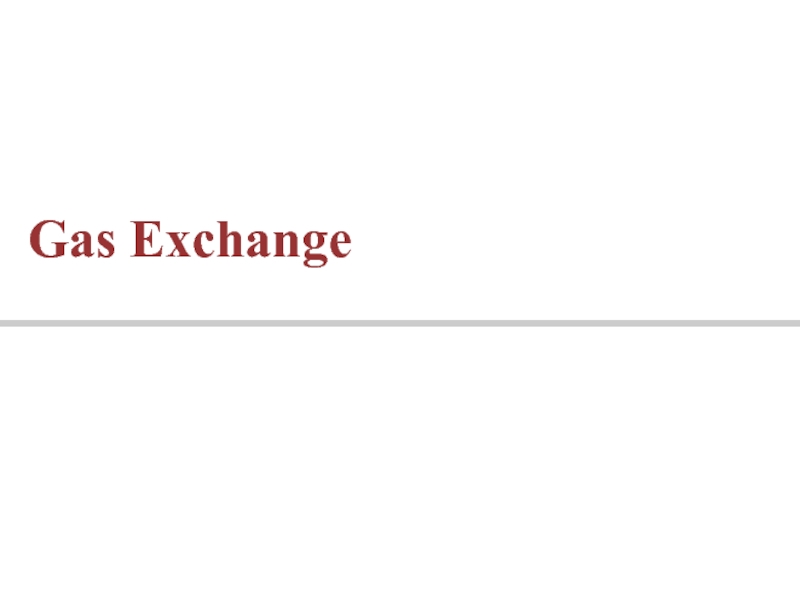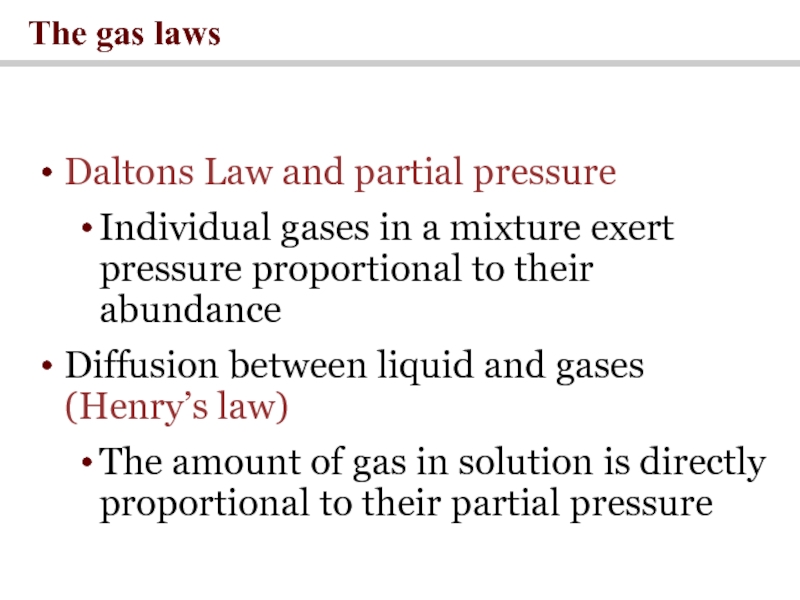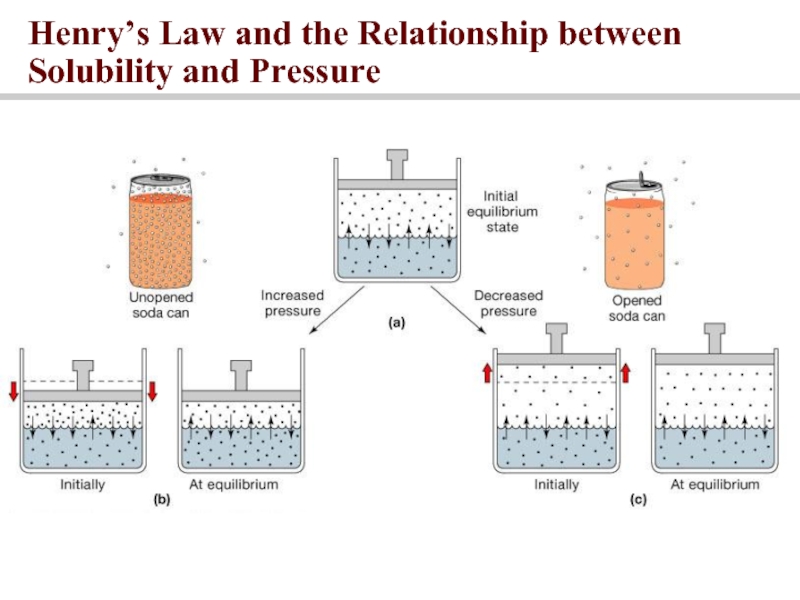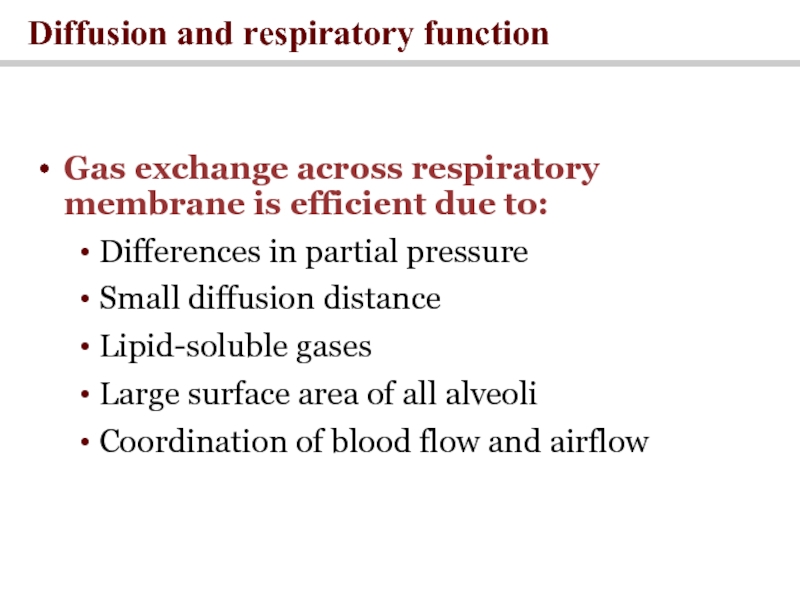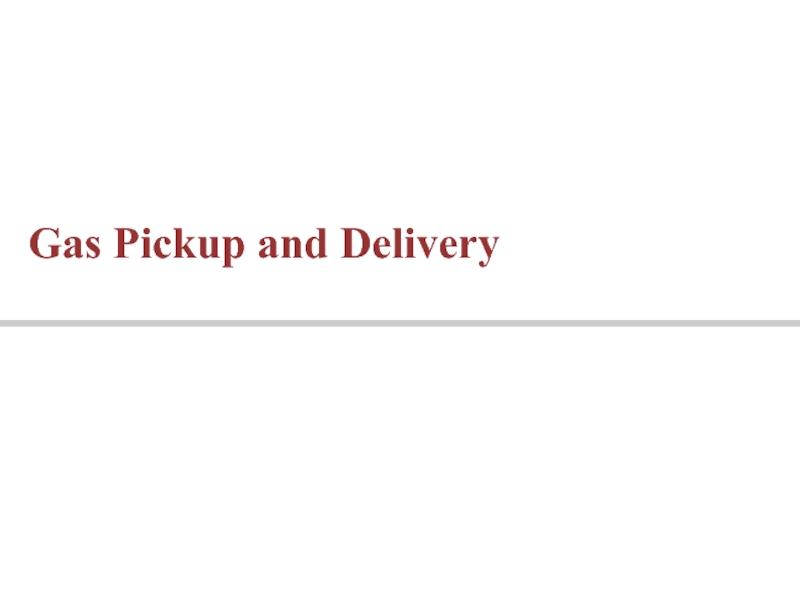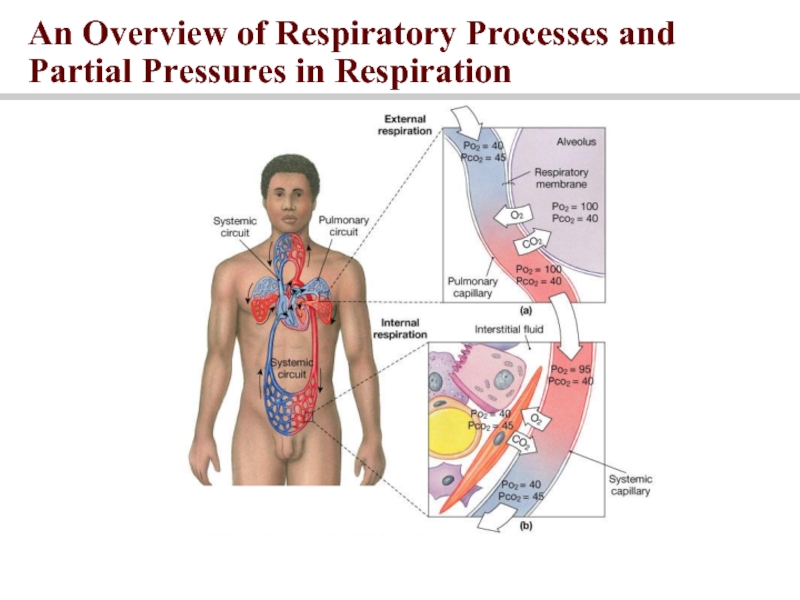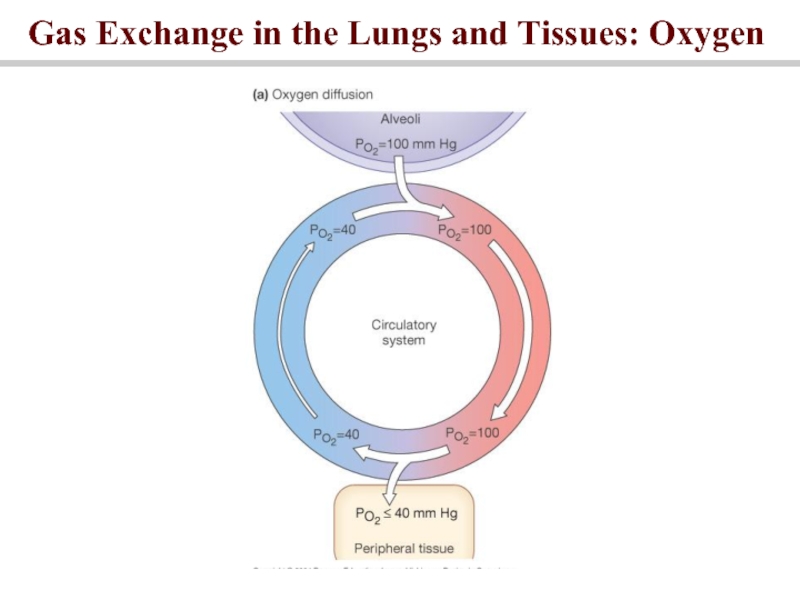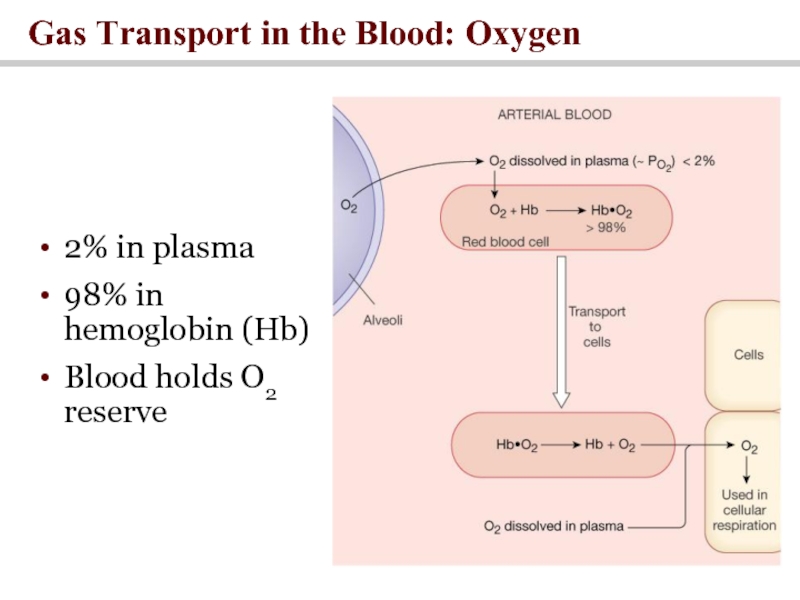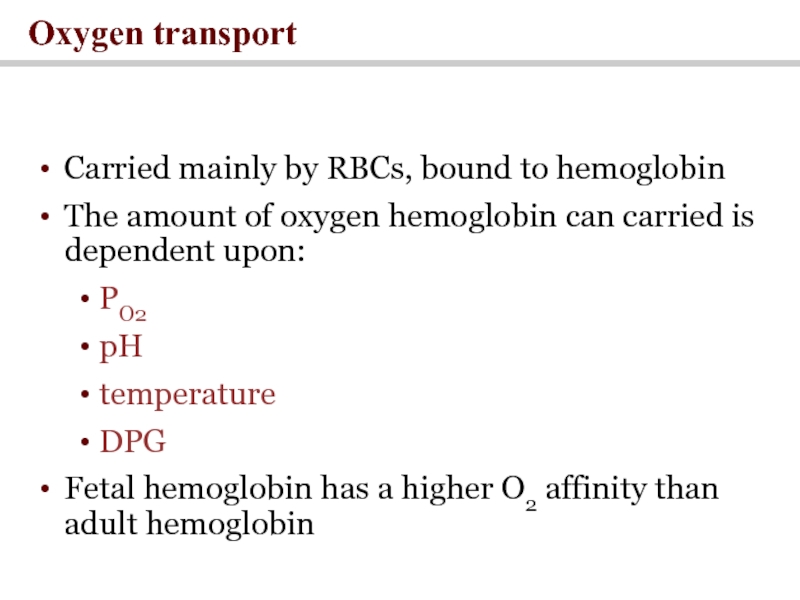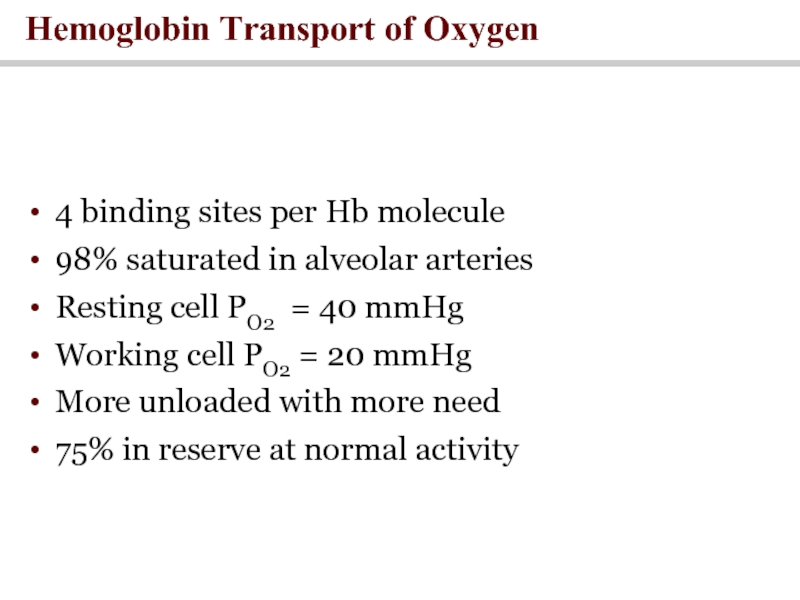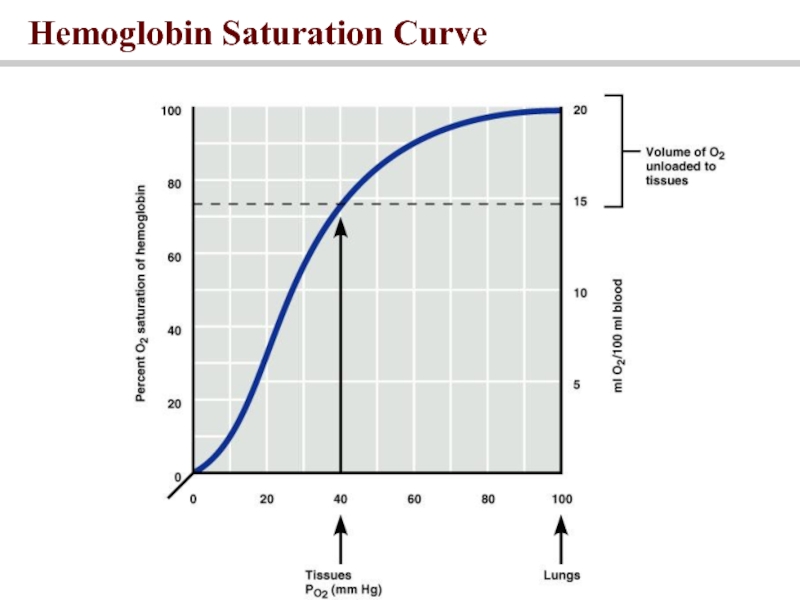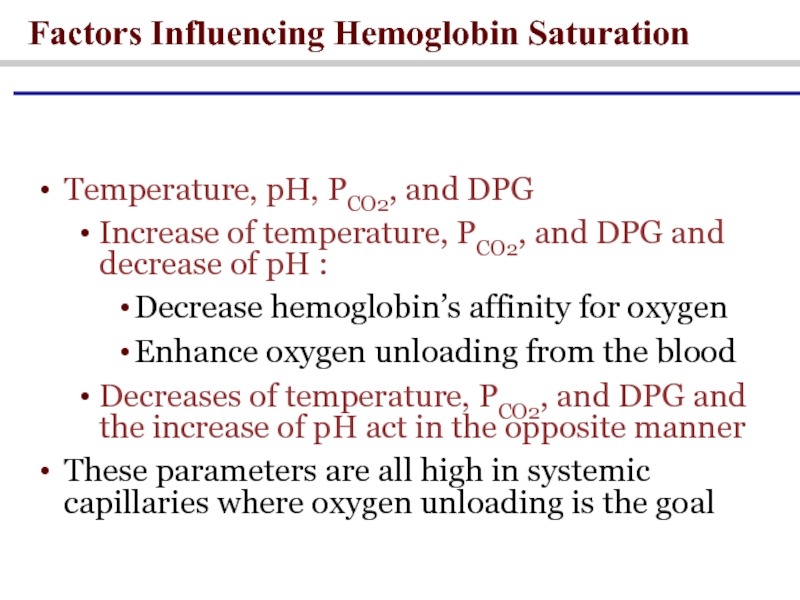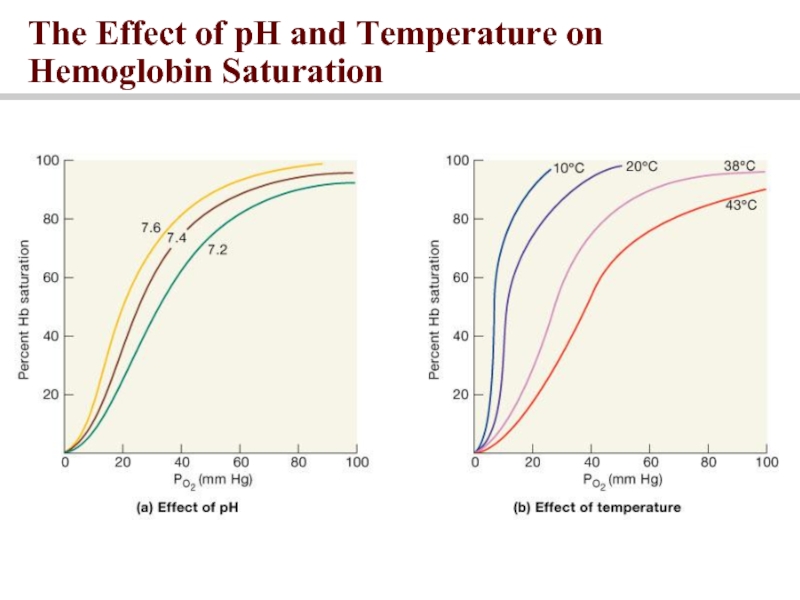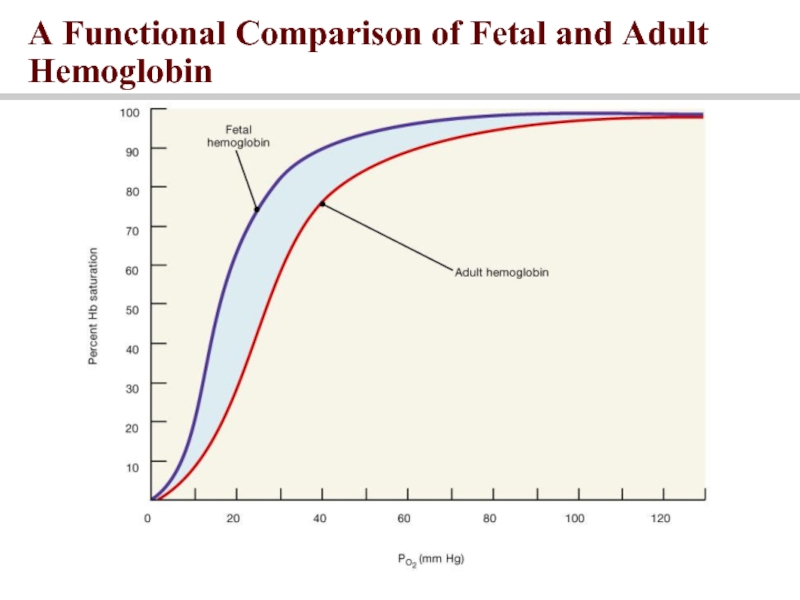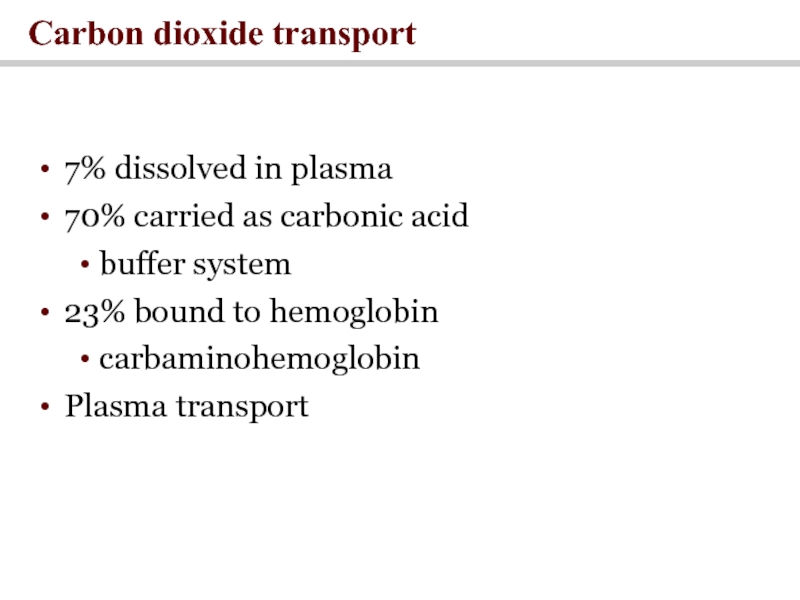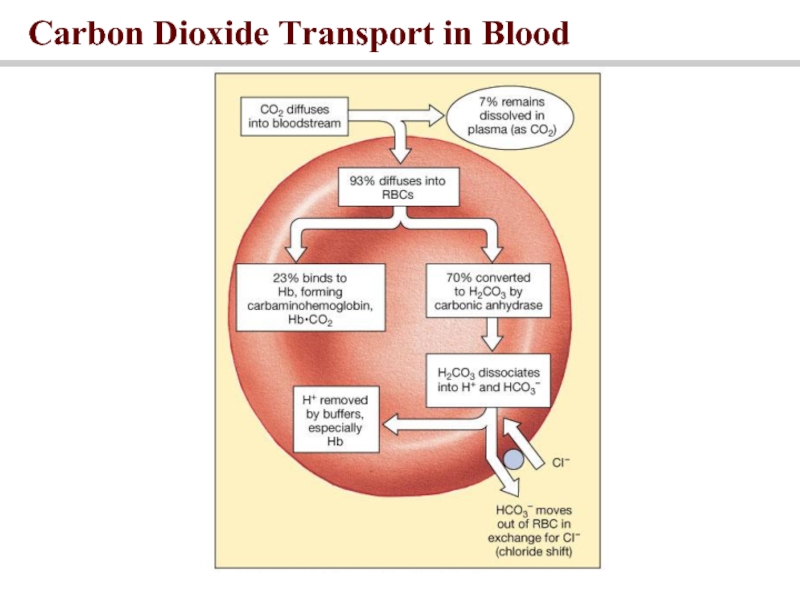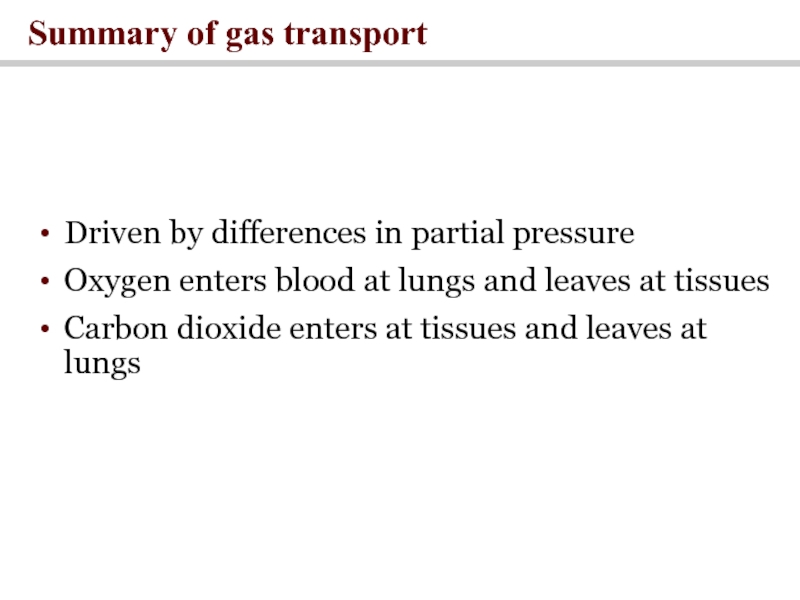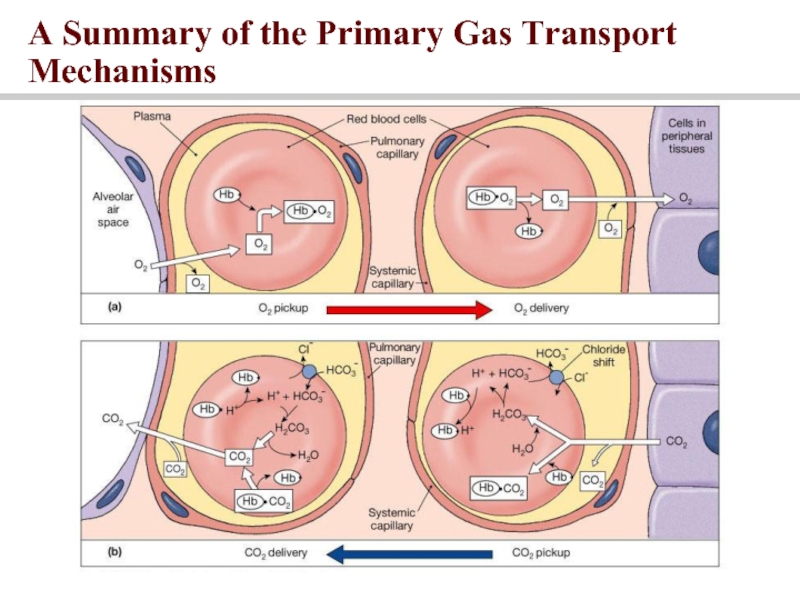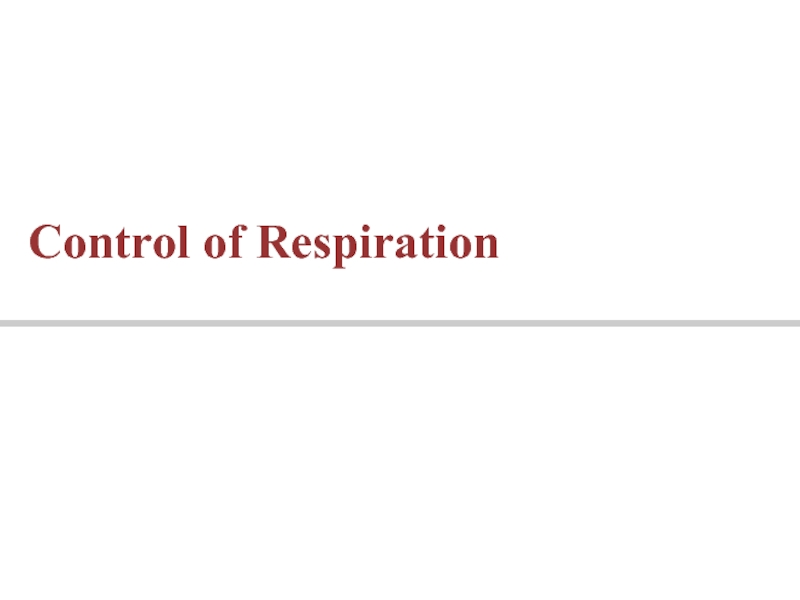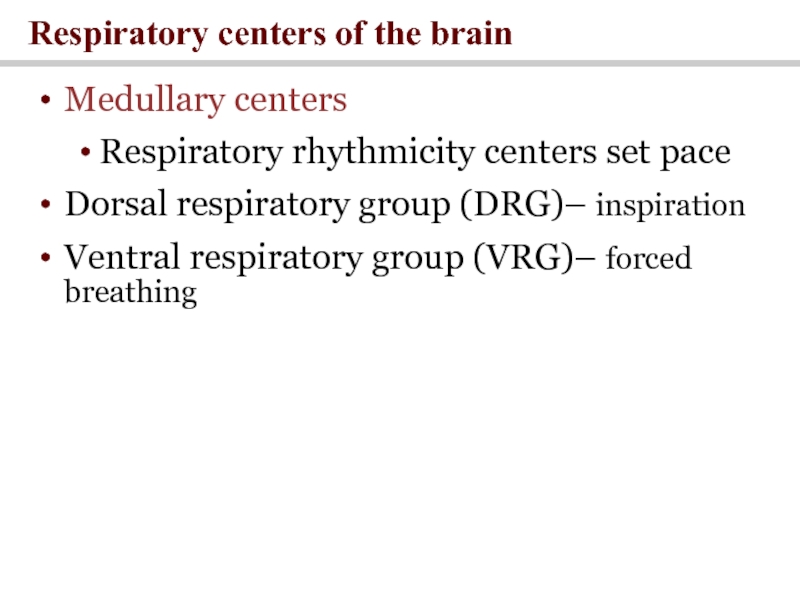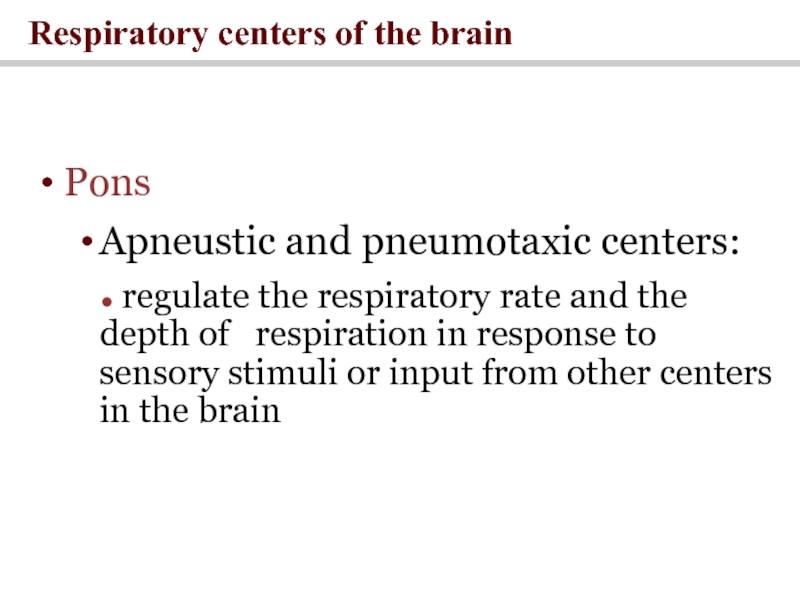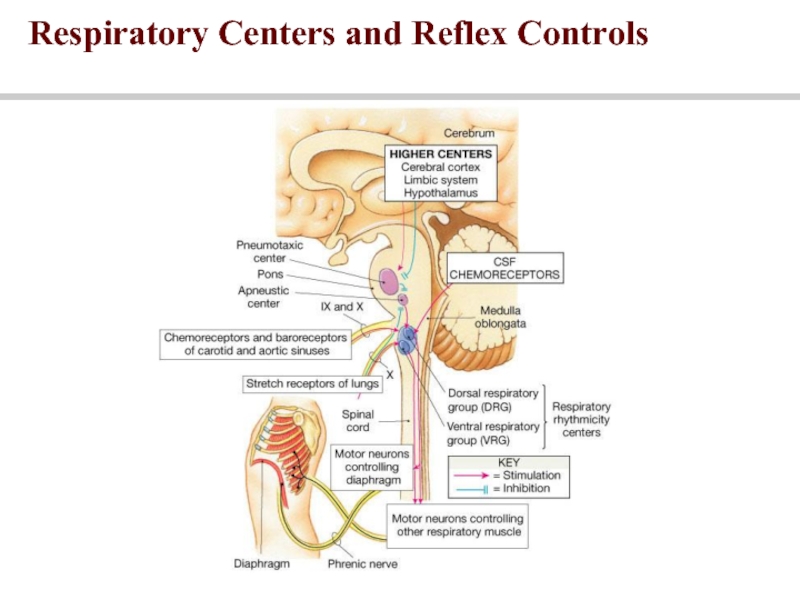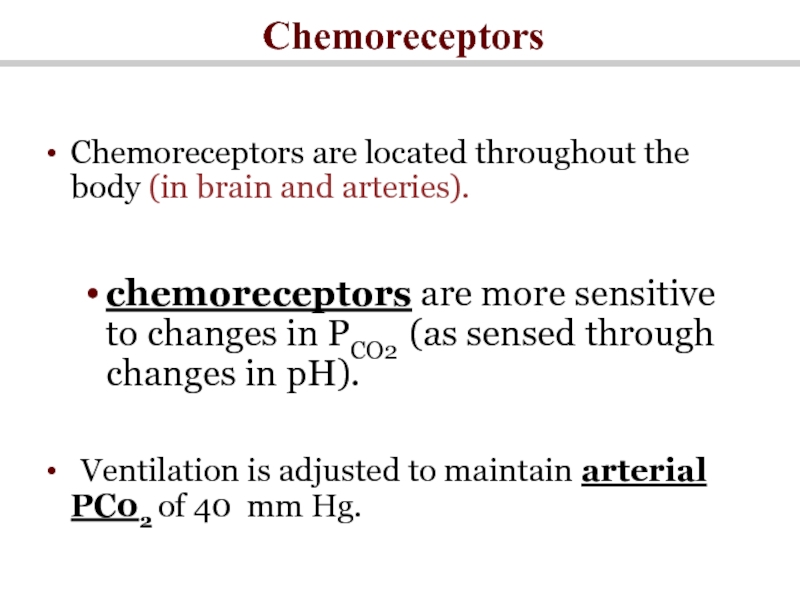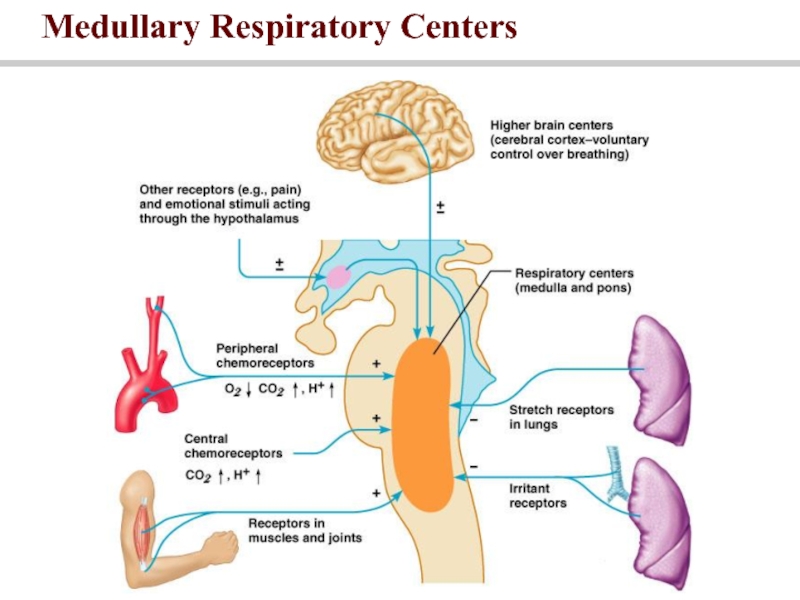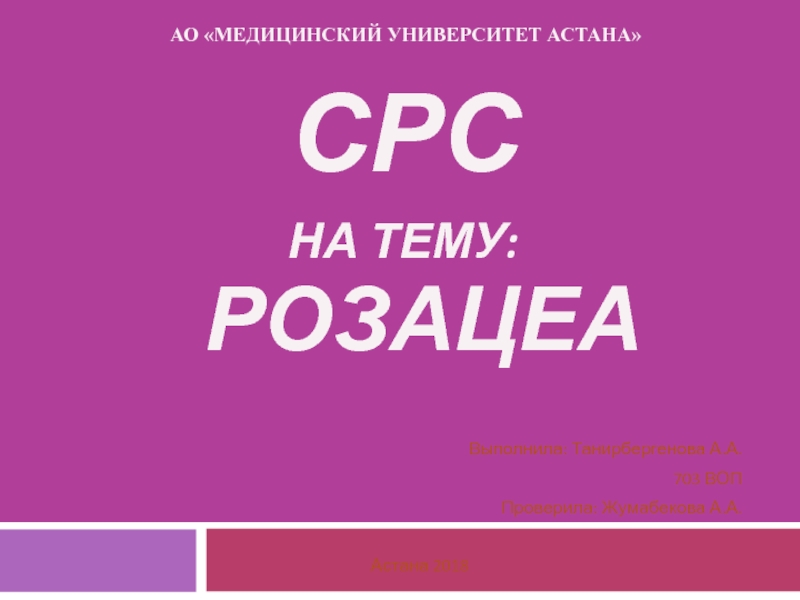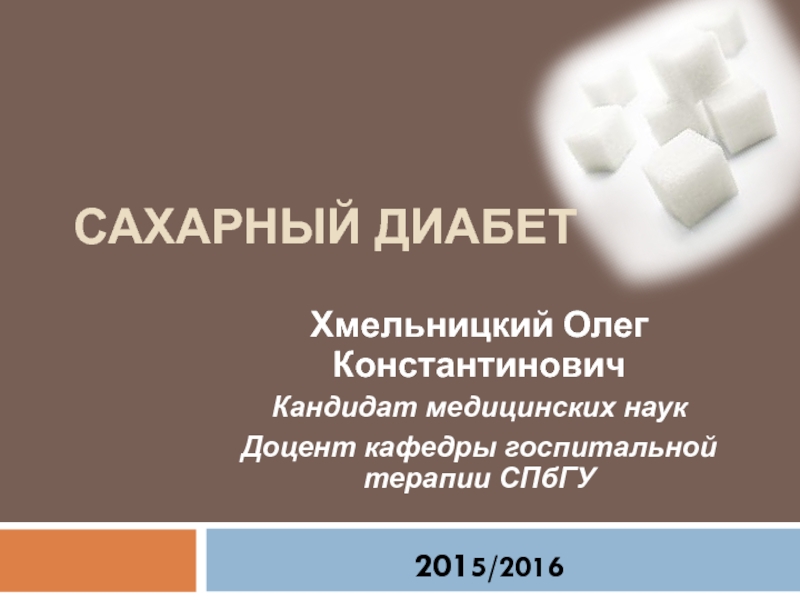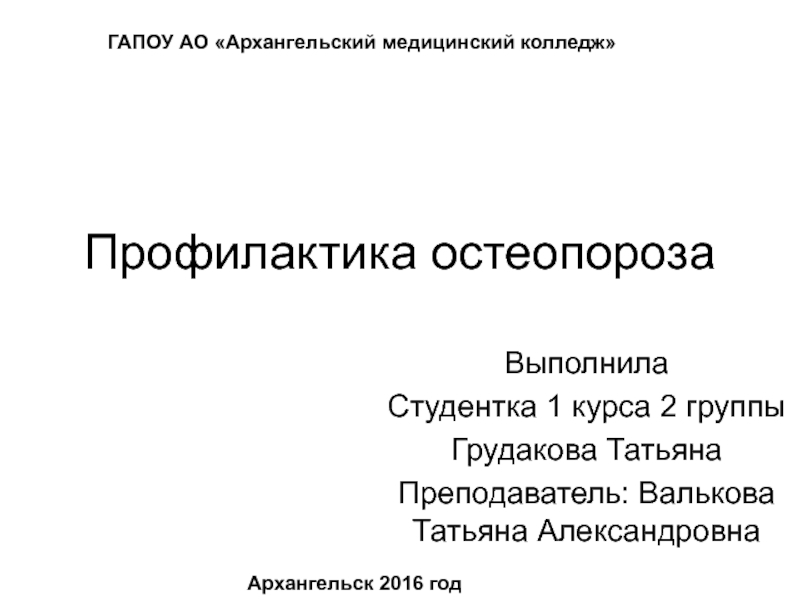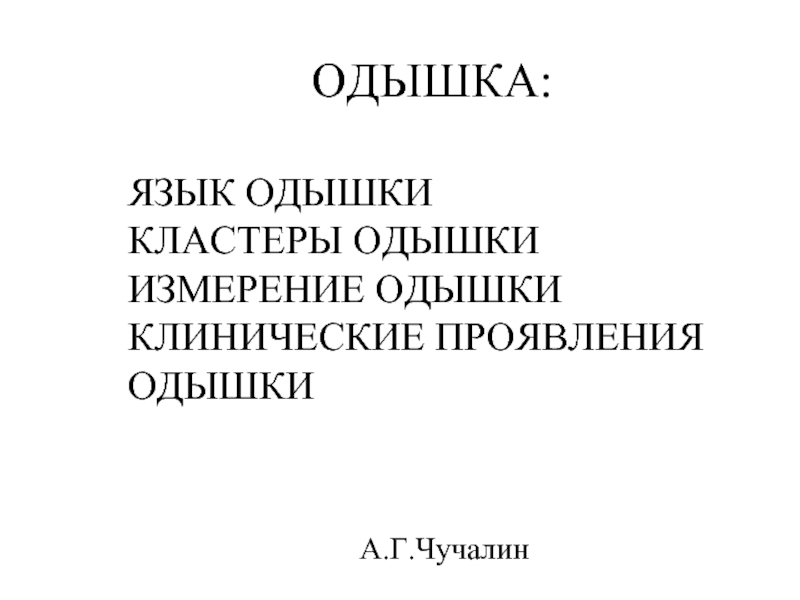- Главная
- Разное
- Дизайн
- Бизнес и предпринимательство
- Аналитика
- Образование
- Развлечения
- Красота и здоровье
- Финансы
- Государство
- Путешествия
- Спорт
- Недвижимость
- Армия
- Графика
- Культурология
- Еда и кулинария
- Лингвистика
- Английский язык
- Астрономия
- Алгебра
- Биология
- География
- Детские презентации
- Информатика
- История
- Литература
- Маркетинг
- Математика
- Медицина
- Менеджмент
- Музыка
- МХК
- Немецкий язык
- ОБЖ
- Обществознание
- Окружающий мир
- Педагогика
- Русский язык
- Технология
- Физика
- Философия
- Химия
- Шаблоны, картинки для презентаций
- Экология
- Экономика
- Юриспруденция
Respiratory system power point презентация
Содержание
- 1. Respiratory system power point
- 2. Moving air to the exchange surface of
- 3. The Components of the Respiratory System
- 4. The Components of the Respiratory System Conducting Zone. Respiratory Zone
- 5. All the structures air passes through before
- 6. Region of gas exchange between air and
- 7. The Bronchi and Lobules of the Lung
- 8. Respiratory Membrane
- 9. Respiratory Membrane
- 10. Respiratory Membrane This air-blood barrier is composed
- 11. Respiratory Volumes Tidal volume (TV) – air
- 12. Respiratory Capacities Inspiratory capacity (IC) – total
- 13. Respiratory Volumes and Capacities
- 14. Dead Space The volume of the airways
- 15. Mechanics of Breathing
- 16. The physical movement of air into and out of the lungs Pulmonary Ventilation
- 17. Movement of air depends upon Boyle’s Law
- 18. Inspiration Inspiration Diaphragm contracts -> increased thoracic
- 19. Expiration Expiration Due to recoil of elastic
- 20. Mechanisms of Pulmonary Ventilation
- 21. Gas Exchange
- 22. Daltons Law and partial pressure Individual gases
- 23. Henry’s Law and the Relationship between Solubility and Pressure
- 24. Gas exchange across respiratory membrane is efficient
- 25. Gas Pickup and Delivery
- 26. An Overview of Respiratory Processes and Partial Pressures in Respiration
- 27. Gas Exchange in the Lungs and Tissues: Oxygen
- 28. Gas Transport in the Blood: Oxygen 2%
- 29. Carried mainly by RBCs, bound to hemoglobin
- 30. Hemoglobin Transport of Oxygen 4 binding sites
- 31. Hemoglobin Saturation Curve
- 32. Temperature, pH, PCO2, and DPG Increase of
- 33. The Effect of pH and Temperature on Hemoglobin Saturation
- 34. A Functional Comparison of Fetal and Adult Hemoglobin
- 35. 7% dissolved in plasma 70% carried
- 36. Carbon Dioxide Transport in Blood
- 37. Driven by differences in partial pressure Oxygen
- 38. A Summary of the Primary Gas Transport Mechanisms
- 39. Control of Respiration
- 40. Medullary centers Respiratory rhythmicity centers set pace
- 41. Pons Apneustic and pneumotaxic centers:
- 42. Respiratory Centers and Reflex Controls
- 43. Chemoreceptors Chemoreceptors are located throughout the body
- 44. Medullary Respiratory Centers
Слайд 2Moving air to the exchange surface of the lungs
Gas exchange
Protection of respiratory surfaces (from dehydration, temperature changes, and defending the RS from invading pathogens)
Production of sound
Provision for olfactory sensations
Functions of the respiratory system
Слайд 5All the structures air passes through before reaching the respiratory zone.
Function:
Warms
Filters and cleans:
Mucus secreted to trap particles in the inspired air.
Mucus moved by cilia to be expectorated.
Insert fig. 16.5
Conducting Zone
Слайд 6Region of gas exchange between air and blood.
Includes respiratory bronchioles and
Respiratory Zone
Слайд 10Respiratory Membrane
This air-blood barrier is composed of:
Alveolar and capillary walls
Their
Alveolar walls:
Are a single layer of type I epithelial cells
Permit gas exchange by simple diffusion
Type II cells secrete surfactant
Слайд 11Respiratory Volumes
Tidal volume (TV) – air that moves into and out
Inspiratory reserve volume (IRV) – air that can be inspired forcibly beyond the tidal volume (2100–3200 ml)
Expiratory reserve volume (ERV) – air that can be evacuated from the lungs after a tidal expiration (1000–1200 ml)
Residual volume (RV) – air left in the lungs after maximal forced expiration (1200 ml)
Слайд 12Respiratory Capacities
Inspiratory capacity (IC) – total amount of air that can
Functional residual capacity (FRC) – amount of air remaining in the lungs after a tidal expiration (RV + ERV)
Vital capacity (VC) – the total amount of exchangeable air (TV + IRV + ERV)
Total lung capacity (TLC) – sum of all lung volumes (approximately 6000 ml in males)
Слайд 14Dead Space
The volume of the airways that does not participate in
Anatomical dead space – volume of the conducting respiratory passages (150 ml)
Functional dead space – alveoli that cease to act in gas exchange due to collapse or obstruction
Physiological dead space – sum of alveolar and anatomical dead spaces
Слайд 17Movement of air depends upon
Boyle’s Law
Pressure and volume inverse relationship
Volume depends
Air movement
Слайд 18Inspiration
Inspiration
Diaphragm contracts -> increased thoracic volume vertically.
Intercostals contract, expanding rib cage
Active
More volume -> lowered pressure -> air in.
(Negative pressure breathing.)
Слайд 19Expiration
Expiration
Due to recoil of elastic lungs.
Passive.
Less volume -> pressure within alveoli
Note: Residual volume of air is always left behind, so alveoli do not collapse.
Слайд 22Daltons Law and partial pressure
Individual gases in a mixture exert pressure
Diffusion between liquid and gases (Henry’s law)
The amount of gas in solution is directly proportional to their partial pressure
The gas laws
Слайд 24Gas exchange across respiratory membrane is efficient due to:
Differences in partial
Small diffusion distance
Lipid-soluble gases
Large surface area of all alveoli
Coordination of blood flow and airflow
Diffusion and respiratory function
Слайд 29Carried mainly by RBCs, bound to hemoglobin
The amount of oxygen hemoglobin
PO2
pH
temperature
DPG
Fetal hemoglobin has a higher O2 affinity than adult hemoglobin
Oxygen transport
Слайд 30Hemoglobin Transport of Oxygen
4 binding sites per Hb molecule
98% saturated in
Resting cell PO2 = 40 mmHg
Working cell PO2 = 20 mmHg
More unloaded with more need
75% in reserve at normal activity
Слайд 32Temperature, pH, PCO2, and DPG
Increase of temperature, PCO2, and DPG and
Decrease hemoglobin’s affinity for oxygen
Enhance oxygen unloading from the blood
Decreases of temperature, PCO2, and DPG and the increase of pH act in the opposite manner
These parameters are all high in systemic capillaries where oxygen unloading is the goal
Factors Influencing Hemoglobin Saturation
Слайд 357% dissolved in plasma
70% carried as carbonic acid
buffer system
23% bound
carbaminohemoglobin
Plasma transport
Carbon dioxide transport
Слайд 37Driven by differences in partial pressure
Oxygen enters blood at lungs and
Carbon dioxide enters at tissues and leaves at lungs
Summary of gas transport
Слайд 40Medullary centers
Respiratory rhythmicity centers set pace
Dorsal respiratory group (DRG)– inspiration
Ventral respiratory
Respiratory centers of the brain
Слайд 41Pons
Apneustic and pneumotaxic centers:
● regulate the respiratory rate and
Respiratory centers of the brain
Слайд 43Chemoreceptors
Chemoreceptors are located throughout the body (in brain and arteries).
chemoreceptors are
Ventilation is adjusted to maintain arterial PC02 of 40 mm Hg.
